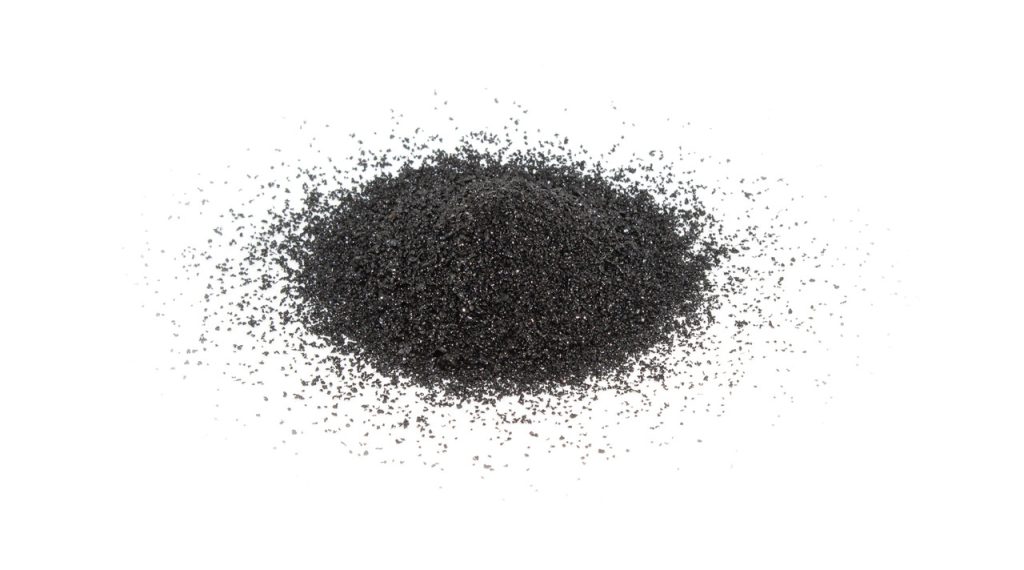Application of Mineral Processing Technology in Comprehensive Utilization of Copper Slag

Copper slag contains various oxides. The main components of copper slag are polymers such as bornite, chalcocite, metallic copper, magnetite, fayalite, and amorphous phase substances. The main components are iron compounds, iron The grade is about 39%, and these iron compounds can be subdivided into fayalite, magnetite, etc. The content of iron, aluminum, calcium, silicon and other metal oxides in copper slag exceeds 90% of the total amount of copper slag, and also contains a small amount of valuable metals such as gold, copper, zinc, lead, etc. It is difficult to recover these metals. Based on these characteristics of copper slag, we need to separate it through the study of beneficiation technology, which plays a very important role in the comprehensive treatment of copper slag.
Magnetic selection method
The main magnetic components in copper slag are various ferroalloys and magnetite. Cobalt and nickel are relatively rare in ferromagnetic ore, and copper is not magnetic. Therefore, crushing the slag with good crystallization is Can be an effective pre-enrichment method. Although the precision of the magnetic separation method is not high, it has high efficiency when dealing with a large amount of copper slag. At the same time, this method can effectively recover iron minerals in copper slag. Except for sulfur dioxide exceeding the standard, the remaining part basically meets the standard of iron concentrate, which improves the recycling rate of iron in copper slag.
Flotation method
In the current copper smelting process, copper minerals in copper slag mainly exist in the form of sulfide, so flotation is the most widely used copper recovery method in the process of recovering valuable elements from copper smelting slag. Flotation is more efficient and consumes less capacity than magnetic separation. Compared with the slag returning and re-smelting method, the flotation method has the characteristics of low energy consumption, low environmental pollution, high recovery rate, and large enrichment ratio, and can effectively separate ferroferric oxide and some other non-copper substances. The flotation method also has another advantage. In the early stage of recovery, the recovery rate of the flotation method can reach more than 90%, and it can directly select copper ore with high copper grade, which saves a lot of beneficiation costs.
(1) Fast flotation. In slag beneficiation, the method of stage grinding and stage separation is usually used. After the minerals are ground, they directly enter the rapid flotation stage, and high-grade copper ore can be directly selected.
(2) Flash flotation. The rapid suspension process can recover large particles of copper minerals, but some copper minerals will still remain in the grinding circuit, which not only affects the beneficiation efficiency, but also imposes a burden on the cyclone.
Existing beneficiation technology cannot achieve 100% recovery of copper minerals, because part of the copper in the slag exists in the form of matte, embedded between magnetite and fayalite, it is difficult to effectively recover it by ore dressing technology , the copper grade in the tailings is still about 0.3%. How to deal with the tailings, according to the current research, although the tailings leaching technology has a certain effect, the large capital investment limits its large-scale promotion. Now tailings are mostly used to build road foundations such as roads and railways. Tailing copper ore recovery technology needs further research.
